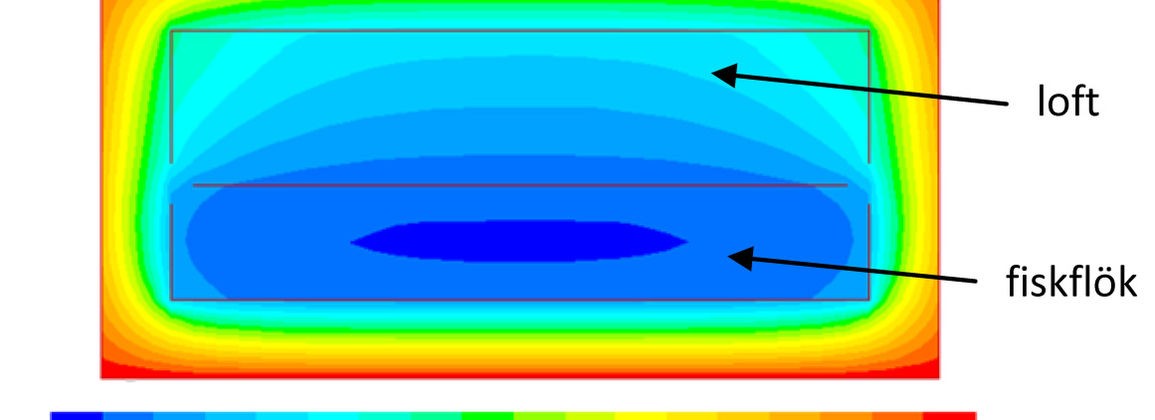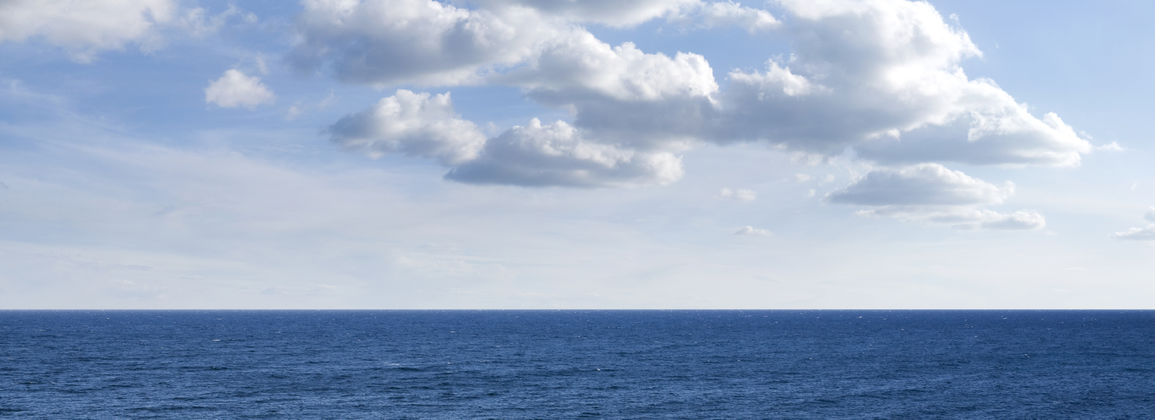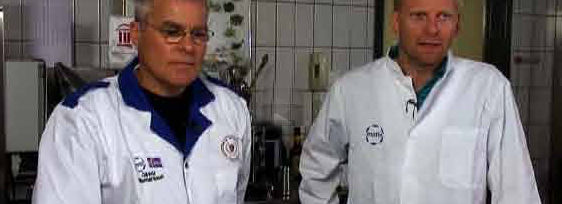Improved thermal insulation packaging for fresh fish products. Experience has taught exporters of fresh fish products that there is every reason to seek all means to protect the product from the heat stress it experiences in air transport on its way to market.
Research has shown that good pre-cooling for packaging and well-insulated packaging can be crucial for temperature control and thus maximizing product quality. Matís, the University of Iceland and Promens Tempra, have joined forces to conduct research in this field within the Chill on and Hermun cooling processes projects, which are funded by the AVS Research Fund, the Technology Development Fund and the University of Iceland Research Fund.
It is inevitable that the product will be exposed to some heat load in air transport. Experiments and computerized heat transfer (CFD) models have been used to estimate the rise in product temperature. Figure 1 shows how much product temperature increase is expected in a single 5 kg foam plastic box (without ice mat), which is exposed to a temperature of 5 - 20 ° C. From the picture you can see, for example, that the box stands for 10 hours. at a temperature of 15 ° C the product temperature rises from 1 ° C to 6.6 ° C. The importance of pre-cooling before packing can be clearly seen in the fact that if the same 5 kg had been pre-cooled down to -1 ° C before packing in this same foam plastic box, it can be estimated that it takes the temperature of the fillets exactly approx. 10 hrs. to rise to 0 ° C.

let stand alone at 5 - 20 ° C. The initial temperature is 1 ° C and
the heat transfer coefficient 5 W / m is assumed2/ K outside the box, i.e.
not to play wind around the box.
Both experiments and heat transfer models have confirmed that the heat distribution in such boxes can be very heterogeneous, as shown in Figure 2. A more homogeneous heat distribution is preferable, as this way the buyer can be even more confident about the more even quality of the product. Improvements are being made to the Promens Tempra foam plastic boxes, based on the results of the research project.

which has been isolated at 19.4 ° C for 1 hour. with an initial product temperature of 1 ° C.
For further information, please contact Björn Margeirsson, bjorn.margeirsson@matis.is.








